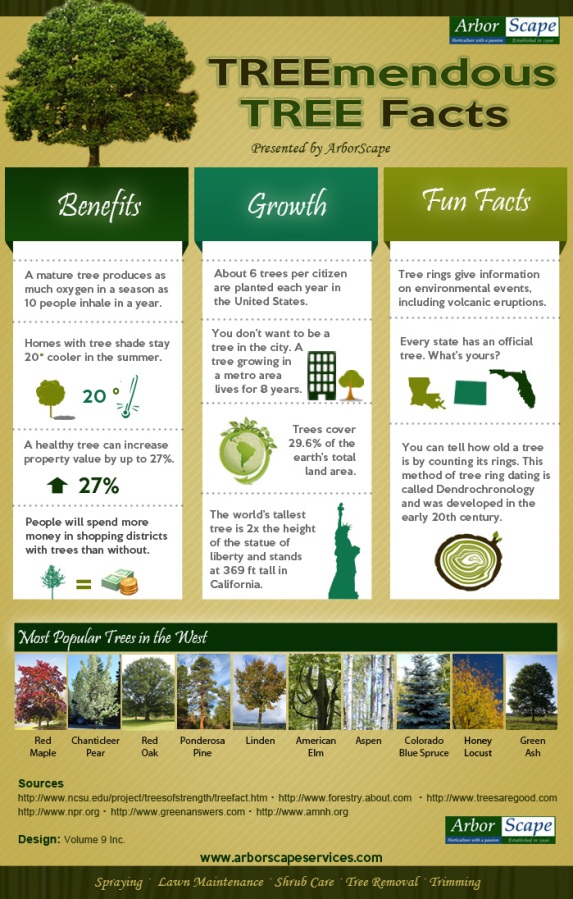Protecting Your Landscape: Replanting After Tree Removal
Protecting Your Landscape: Replanting After Tree Removal
Blog Article
Article Developed By-Goldstein Harper
Tree removal can leave a space in your landscape that requires dental filling. You can plant something brand-new in that area, yet it takes additional care and focus at the beginning to aid it prosper.
The dirt in that location will certainly maintain changing gradually as microbes break down the old origins. That can impact the nutrition equilibrium and physical space for brand-new growth.
Dirt
The soil in a plot where a tree has been gotten rid of is most likely to be extremely various from the remainder of your yard or backyard. The origins of the old tree and the stump will have altered the dirt, removing some nutrients and potentially crowding out other plants. In addition, if the previous tree was infected, the infectious representative might still be in the ground.
The visibility of roots promotes a rich and varied neighborhood of dirt bacteria that boosts essential processes like nutrient biking and organic matter decay. Without these bacteria, the displaced dirt can become less fertile and nutrient-depleted, with an unfavorable influence on plant development.
Before replanting, the dirt needs to be removed of debris and natural product (such as timber chips from stump grinding). You might desire to mix in potting soil or native dust with this compost to offer your new planting with an environment that is well balanced and full of nutrients.
Water
Tree origins absorb large quantities of water from the dirt. This procedure also adds nutrients back to the dirt, particularly nitrogen, which is vital for new trees and plants. Unfortunately, old dirt can be diminished of these vital minerals because of the rotting origins and stump from a gotten rid of tree.
This is why it's important to have a plan for the future of your landscape. Ideally, the most effective time to plant is when you have a clean slate.
Whether you're planting yard or flowers, ensure to utilize a soaker tube to prevent overwatering your brand-new landscaping. If https://trucking-companies42097.blog-kids.com/29498981/indicators-that-it-is-necessary-to-eliminate-a-tree-a-handbook-for-property-owners was a yard, see to it to cover the soil with organic compost to aid keep dampness in the dirt, regulate soil temperatures and subdue weeds. This also gives a layer of protection for young plants and advertises worm task. Then, frequently replenish the compost to proceed enhancing the soil nutrient thickness and microbial life. https://simonsnicw.snack-blog.com/29261326/the-ultimate-overview-to-safe-and-effective-tree-elimination is referred to as soil restoration.
Light
Trees are a wonderful enhancement to any type of landscape, offering color, visual pulchritude, and several various other advantages. Nevertheless, sometimes trees end up being unattractive because of a range of factors, including disease, insect infestations and natural aging.
In such cases, it may be essential to eliminate a tree. https://killing-stump-with-epsom05173.bloggerchest.com/29222833/the-repercussions-of-logging-an-overview to consider the worth of a certain tree in your landscape design and take the proper actions to ensure that the removal is done safely and successfully.
Throughout the late summer, it's an ideal time to perform upkeep and inspections on existing trees. Look for indicators of illness, insect problems, or architectural damages, along with any type of prospective threats such as damaged or leaning trees.
Prior to beginning any type of construction projects, make sure to shield the root areas of existing trees by preventing soil compaction and grading around them. Raw material, as it breaks down, can generate poisonous gases that are detrimental to the roots of a tree. It's additionally a great concept to mulch the area around a tree after construction has ended up to conserve dampness and suppress weed development.
Temperature
Trees are important to a landscape for their visual charm, yet they also play a crucial role in the neighborhood ecological community by giving color and windbreaks. They sustain wildlife habitats and lower the quantity of co2 airborne, which can contribute to global warming. This is why it is advisable to replant trees after getting rid of one from the residential or commercial property.
When replanting a brand-new tree in the area of a previous stump, the dirt might not have adequate nutrients to support it. It is best to await a year prior to planting to make sure that the soil will be abundant in nutrients.
To make sure that replanted trees thrive, it is essential to supply them with appropriate treatment. A layer of mulch will certainly keep dirt dampness from evaporating, manage dirt temperature level, and aid subdue weeds. Organic compost is the preferred choice because it enhances soil fertility. Continuous fertilization and parasite control are additionally essential for replanted trees.